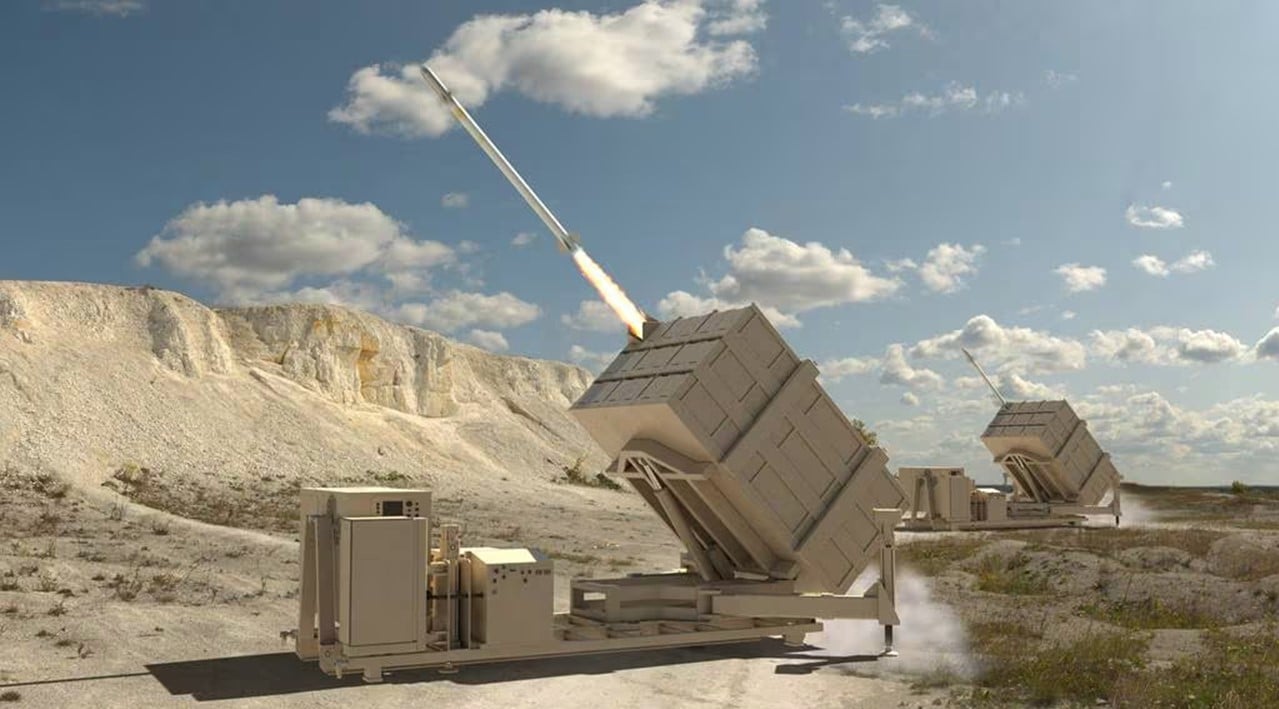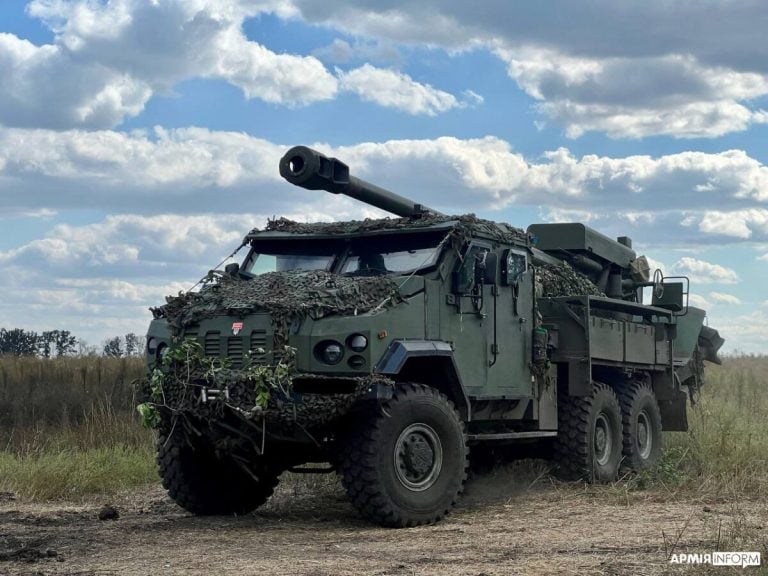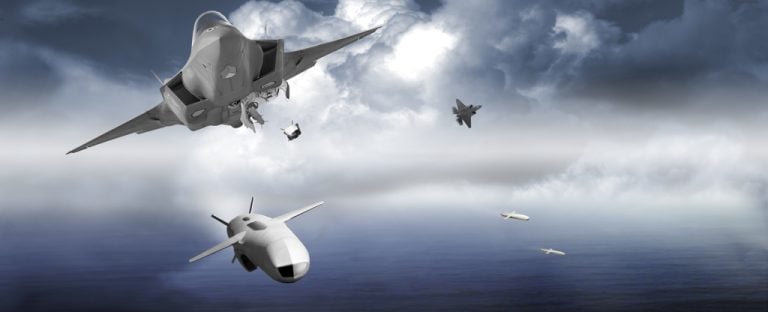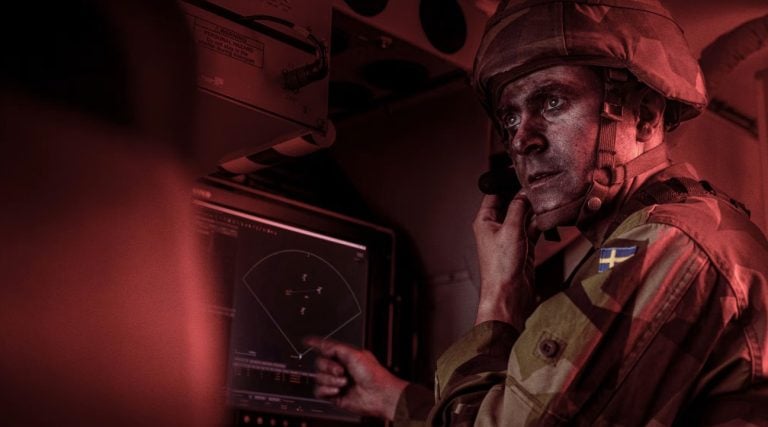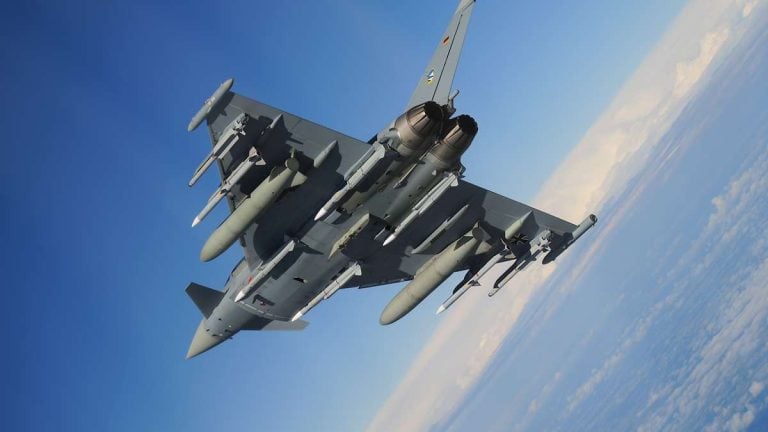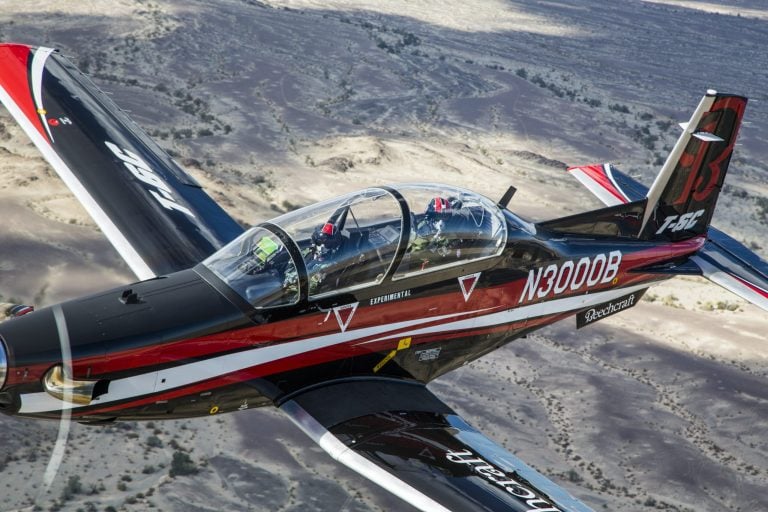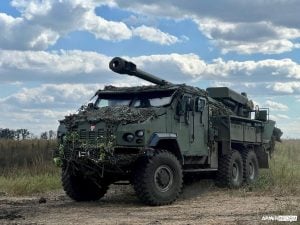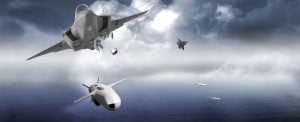The U.S. Army has announced a significant advancement in its air and missile defense framework by contracting Lockheed Martin to develop a second interceptor for its Integrated Fires Protection Capability (IFPC) system. This initiative aims to bolster the Army’s capability to counter a variety of aerial threats effectively.
Known as the Enduring Shield system, the IFPC currently utilizes AIM-9X Sidewinder missiles, which are capable of engaging aerial targets within a range of approximately 10 miles (16 kilometers). The new program, referred to as the IFPC 2nd Interceptor, is specifically designed to combat lower-flying, supersonic cruise missile threats. The Army has indicated a desire for an interceptor that possesses capabilities similar to the AIM-120D Advanced Medium-Range Air-to-Air Missile (AMRAAM), but within a smaller airframe suitable for an IFPC Increment 2 launcher, which can accommodate up to 18 interceptors.
Lockheed Martin will spearhead the design, production, and delivery processes for this advanced interceptor. The company’s extensive experience in integrated air and missile defense, command and control systems, and advanced technology will play a crucial role in the successful development of this new capability. Randy Crites, vice president at Lockheed Martin Missiles and Fire Control Advanced Programs, expressed pride in being selected for this critical initiative, emphasizing the Army’s confidence in Lockheed Martin’s ability to deliver innovative solutions.
The development phase for the IFPC 2nd Interceptor is expected to last from 2029 to 2030, followed by a period of low-rate initial production. This collaborative effort underscores the Army’s strategic initiative to enhance its air defense capabilities amidst evolving threats.
The IFPC was originally conceptualized to bridge the divide between tactical short-range air defense systems and more strategic solutions such as the Patriot and Terminal High Altitude Area Defense (THAAD). The first increment of the system was primarily focused on countering rockets, artillery, and mortars, while Increment 2 broadens the scope to include defenses against cruise missiles and unmanned aerial systems.
A typical IFPC platoon consists of four Enduring Shield launchers, developed by Dynetics, which are integrated with at least one AN/MPQ-64 Sentinel-series radar through the Integrated Battle Command System. This network allows for seamless command and control operations and enhances the integration of the Enduring Shield system with existing air defense assets, including the Patriot systems and the Lower Tier Air and Missile Defense Sensor radar. The mobility of the IFPC is designed to safeguard high-value military installations from a diverse range of aerial threats, reflecting a proactive approach to modern combat scenarios.
